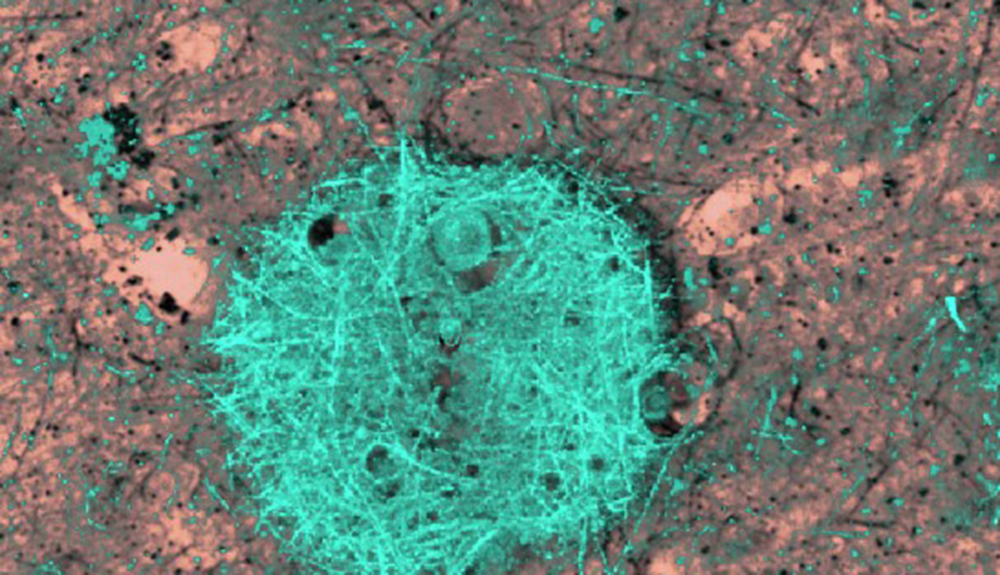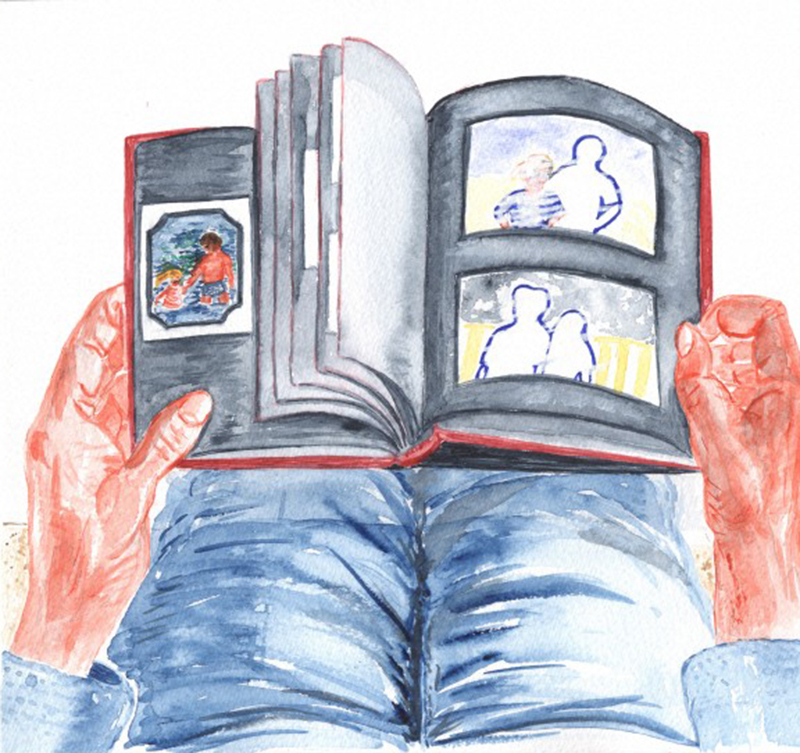Cognitive rehabilitation for patients with mild Alzheimer’s disease
Posted on 31st January 2014 by Jackie Hartig

Viola LF, Nunes PV, Yassuda MS, et al. Effects of a multidisciplinary cognitive rehabilitation program for patients with mild Alzheimer’s disease. Clinics (Sao Paulo) 2011;66(8):1395–1400.
Introduction:
Alzheimer’s disease is a form of dementia that causes problems with thinking, memory and behavior. Currently there is no cure for Alzheimer’s and the symptoms will continue to progress over time. The symptoms associated with Alzheimer’s will eventually start to interfere with everyday life and daily tasks. Although Alzheimer’s disease does not have a cure, treatment for the symptoms is available and requires a multi-dimensional approach. This multi-dimensional approach may consist of: home environment education, different forms of rehabilitation, medications, physical activity, psychological counseling and nutritional advice. Rehabilitation allows people to reach ideal levels of physical, psychological and social functioning in any disease or impairment. There are many different kinds of rehabilitation including: cognitive rehabilitation which uses strategies to improve specific mental functions, neuropsychological rehabilitation which helps both patients and family members deal with cognitive, emotional and social burden of the disease and physical rehabilitation which helps to keep individuals functional for as long as possible.
What was the study?

Alzheimer symptoms include a progressive loss of recent memory, and gradually increasing confusion of time and space. This image helps to illustrate this, as the sufferer is unable to recognise the most recent photos of friends/relatives in the album, though may still be able to identify those from longer ago. Wellcome Image Library
This study focused on treatments for Alzheimer’s Disease that were non-pharmacological. The main purpose of the article was to evaluate the effect of a multi-functional program on cognition (memory), neuropsychiatric symptoms and quality of life in patients with mild Alzheimer’s Disease. This study used 41 patients who were recruited from memory clinics over a 2 year period. Of these 41 patients 25 were randomly assigned to an experimental group while 16 were randomly assigned to a control group. The experimental group met twice a week for 12 consecutive hours (9:00 a.m.-3:30 p.m.) and took part in 24 total sessions. The program consisted of several activities including: cognitive rehab which used exercises to improve attention, memory and spatial and temporal orientation, computer-assisted cognitive training which consisted of memory and attention games, speech therapy for improvement in general communication, occupational therapy to help with activities of daily living, such as, bathing and dressing, art therapy which stimulated cognitive, emotional and interpersonal skills and focused on non-verbal expression, physical training to help improve strength, mobility and endurance, physical therapy to improve balance and prevent falls and cognitive stimulation with reading and logic games that worked to improve concentration, logical-mathematical reasoning, rapid thinking and decision making. Each activity lasted 60-90 minutes and was offered once a week. Primary outcome measures used to assess the data were: mini mental state exam, short cognitive test (SKT), neuropsychiatric inventory (NPI), geriatric depression scale (GDS), and quality of life in Alzheimer’s Disease (QOL-AD).
What were the results?
According to this study the patients who were assigned to the control group showed statistically significant decreases in cognition and attention based off of the SKT scores. The patients in the experimental group showed statistically significant increases in quality of life and decrease in depressive symptoms based off the GDS and QOL-AD. There was no measurement or outcome measure used to show any changes in functional status or changes in strength or endurance. This study showed that a mixture of cognitive rehabilitation with forms of therapy such as physical, occupational, speech and art therapy show an improvement in depressive symptoms and quality of life in patients with Alzheimer’s Disease.
What were the strengths and weaknesses?
The strengths of this study were the use of strong outcome measures in determining cognitive decline and mental status and the use of a control group to compare results. The limitations of this study were no measurements were used for physical training, small sample size, significant amount of time needed each week for treatment which will be hard to reproduce and since there were so many different types of treatment it is hard to determine which produced the changes in quality of life and depressive symptoms.
Take home message:
The use of a multi-dimensional treatment approach using cognitive rehabilitation, physical rehabilitation and medications will give the patient the best treatment possible and show improvements in quality of life and decrease incidence of depression in patients with Alzheimer’s disease. Alzheimer’s disease is a debilitating disease that not only affects the patient but also affects the family members and friends. The small steps we make in treating the symptoms of Alzheimer’s will hopefully lead us to a cure and allow people to age without the debilitating effects of dementia.




No Comments on Cognitive rehabilitation for patients with mild Alzheimer’s disease